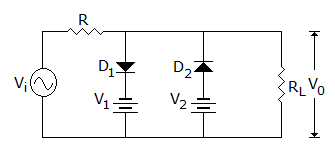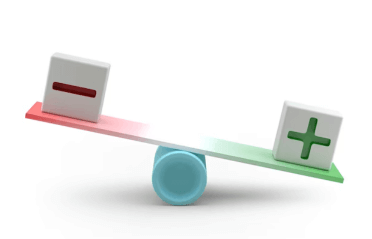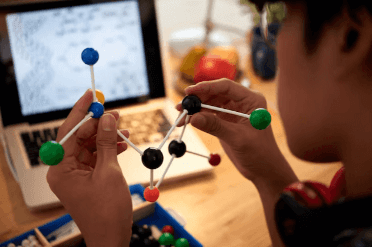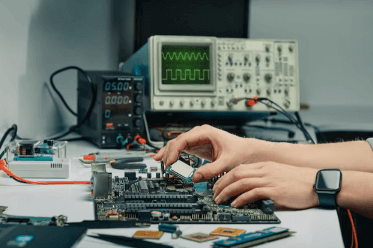Question

a.
vi is more positive than V1
b.
vi is less positive than V1
c.
vi is more negative than V2
d.
vi is less negative than V2
Posted under Electronics and Communication Engineering
Interact with the Community - Share Your Thoughts
Uncertain About the Answer? Seek Clarification Here.
Understand the Explanation? Include it Here.
Q. In figure, D2 turns on when
Similar Questions
Explore Relevant Multiple Choice Questions (MCQs)
Q. Figure shows the feedback network of one of the very popular types of sinusoidal oscillators. Which one is that?
View solution
Q. In figure the trace on the CRO will be
View solution
Q. The circuit shown I/P in the figure represents
View solution
Q. To have a centred Q point in CE amplifier
View solution
Q. In figure the diode is ideal (zero cut in voltage zero forward resistance). Then the current through diode is
View solution
Q. The circuit shown in the figure is that of
View solution
Q. Circuit shown in the figure is
View solution
Q. The period of oscillation of a symmetrical multivibrator depends upon the discharging time constant and is roughly given by
View solution
Q. Symbol shown in figure represents a
View solution
Q. In figure it is desired that output wave is symmetrical. Then
View solution
Q. The circuit shown in figure will act as
View solution
Q. The given circuit has a feedback factor of
View solution
Q. The ripple factor of a power supply is given by
View solution
Q. In the op-amp circuit shown in figure the current through load resistance RL is
View solution
Q. RC network shown in the given figure can provide a maximum theoretical phase shift of
View solution
Q. Assertion (A): In the circuit shown figure the diode is used to protect the active devices. Transistor T goes into saturation when a positive pulse is applied at base and non conducting
Reason (R): When the current in an inductor is suddenly stopped, a high voltage is induced across it.
View solution
Q. Following figure is a signal conditioning Amplifier, changes gain depending upon the polarity of Vs. What will be circuit voltage gain for + Vs and for - Vs if D2 is ideal.
View solution
Q. The circuit of the figure is an example of feedback of the following type
View solution
Q. Oscillation frequency in Wein bridge oscillator is
View solution
Q. In figure VCC = + 30 V, IC corresponding to Q point is 1 mA. If RC = 5 kΩ and RE = 5 kΩ, VCE corresponding to Q point is
View solution
Recommended Subjects
Are you eager to expand your knowledge beyond Electronics and Communication Engineering? We've handpicked a range of related categories that you might find intriguing.
Click on the categories below to discover a wealth of MCQs and enrich your understanding of various subjects. Happy exploring!








